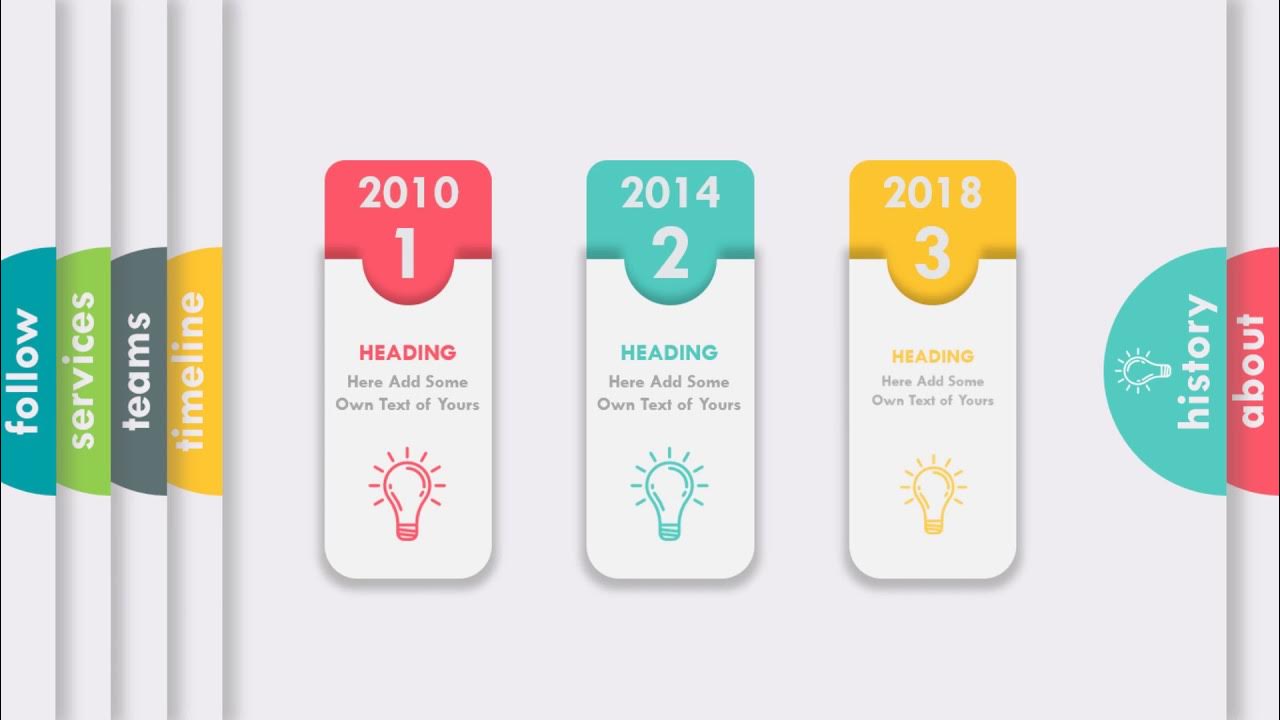How to create Rotoscope Goal Animations | Adobe + EbSynth | elliano_
Summary
TLDRIn this tutorial, Elliot (Eliano) demonstrates his process for creating rotoscope goal animations. He utilizes Adobe Premiere, Adobe Animate, Adobe After Effects, and EB Synth to animate football players. Elliot guides viewers through cutting footage, rotoscoping, setting up frames, using EB Synth for automated drawing, and refining animations. Tips for enhancing animations and adding traditional touches like pitch lines, goal posts, and a net are included. The video concludes with final tweaks in After Effects and exporting the completed animation.
Takeaways
- 🎨 The video tutorial covers the process of creating rotoscope goal animations, starting from sketching to adding effects for a hand-drawn look.
- 🖥️ Software used includes Adobe Premiere, Adobe Animate, Adobe After Effects, and a plugin called EbSynth.
- 📹 The first step involves cutting down footage and setting up sequences in Adobe Premiere.
- 📼 Rotobrush in After Effects is used to separate the subject from the background for cleaner animation.
- 🖼️ Keyframes are set up in Adobe Animate for different parts of the subject, such as shirt, shorts, and boots.
- 🔄 EbSynth is utilized to automate the drawing process by creating sequences based on keyframes and reference images.
- 📝 Tips are provided to improve the accuracy of EbSynth renders, including creating additional illustrations and refining them in Adobe Animate.
- 🌐 Pitch lines and goal posts are animated frame by frame in Adobe Animate using the pen tool.
- 📊 Exporting from Adobe Animate involves setting correct export parameters and removing unnecessary reference frames.
- 🎞️ Final touches in Adobe After Effects include adding elements like the net, adjusting opacity, and applying effects like Turbulent Displace for a traditional look.
- 🔁 The frame rate is halved to 12.5 frames per second to mimic the 'drawing on twos' technique used in traditional animations.
Q & A
What is the main focus of the video?
-The video focuses on explaining the process of creating rotoscope goal animations, from initial drawings to adding effects to make it look like traditional hand-drawn animation.
Who is the presenter of the video?
-The presenter of the video is Elliot, also known as Eliano.
What software does Elliot use to create the goal animation?
-Elliot uses Adobe Premiere, Adobe Animate, Adobe After Effects, and EB Synth to create the goal animation.
What is the first step in creating the animation according to the video?
-The first step is to cut down the footage by bringing the video file into Adobe Premiere, creating a new sequence, and selecting the shots to be used in the final animation.
How does Elliot separate the elements intended for animation in Adobe After Effects?
-Elliot duplicates the video layer, labels it, and uses the Rotobrush tool to cut out the subject by drawing around the sections to keep and remove.
What is the purpose of using EB Synth in the animation process?
-EB Synth is used to save time drawing out multiple keyframes in the animation by creating its own PNG sequence using the illustrated keyframe as a reference.
How does the process of rotoscoping using the Rotobrush tool work?
-The Rotobrush tool allows the user to cut out the subject by drawing around the sections to keep, and holding down the Alt key to remove sections, ensuring each frame only shows the subject.
What is the significance of exporting the animation frames as transparent PNG sequences?
-Exporting as transparent PNG sequences allows the layers to be brought into Adobe Animate and used with EB Synth for the animation process.
How does Elliot improve the accuracy of the EB Synth render?
-Elliot improves the accuracy by creating more illustrations in Adobe Animate, exporting them, and importing them into EB Synth.
What additional elements does Elliot add to the animation to enhance its traditional look?
-Elliot adds pitch lines, goal posts, a net, and a subtle boiling effect to the animation to enhance its traditional hand-drawn appearance.
Why does Elliot recommend halving the frame rate of the animation?
-Halving the frame rate gives the animation a more classic feel, simulating drawings being done every other frame, which was a technique used by traditional animators to save time.
Outlines

This section is available to paid users only. Please upgrade to access this part.
Upgrade NowMindmap

This section is available to paid users only. Please upgrade to access this part.
Upgrade NowKeywords

This section is available to paid users only. Please upgrade to access this part.
Upgrade NowHighlights

This section is available to paid users only. Please upgrade to access this part.
Upgrade NowTranscripts

This section is available to paid users only. Please upgrade to access this part.
Upgrade NowBrowse More Related Video

Character Animations & Piskel Sprite Sheets (Class 2.2.1)

How to create Animations & Interactions with Wix Studio

GSAP & ScrollTrigger Crash Course for Webflow

2D Top Down игра на Unity с нуля #5 | Анимация главного героя

Make Animated PowerPoint Slide

How to design Scroll Sticky Effect in Framer (Web designer's little secret)
5.0 / 5 (0 votes)